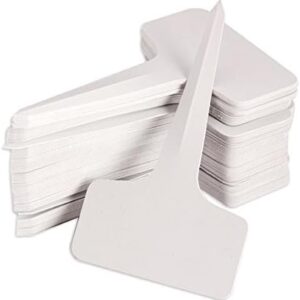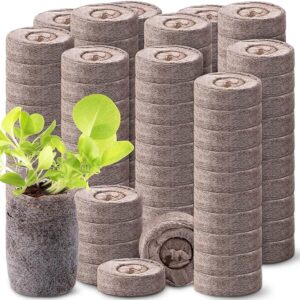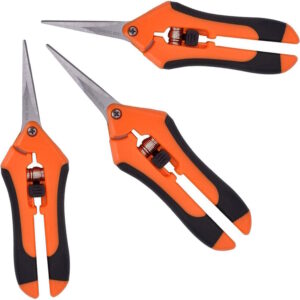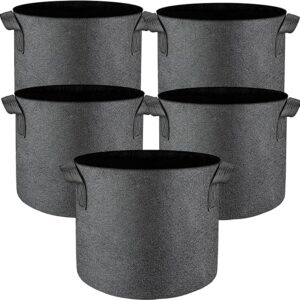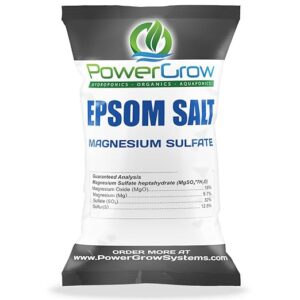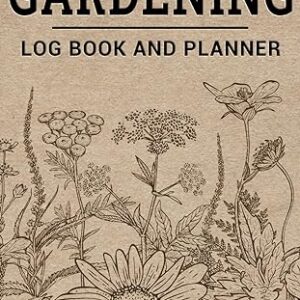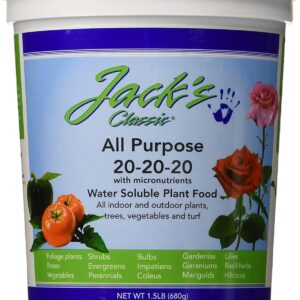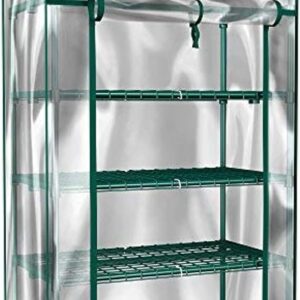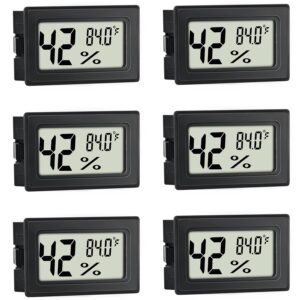Pepper plants, hailing from the Capsicum genus, impart a fiery kick to gardens and kitchens worldwide. The key to fostering robust pepper plants lies in comprehending their substrate needs tailored to specific species and climate zones. This exhaustive guide delves into the ideal substrates for diverse pepper species, complete with detailed material mix ratios, harmonizing with their corresponding climate preferences.
- Tropical Peppers (Capsicum annuum):
Tropical Climate Zone:
Optimal Temperature Range: 70-90°F (21-32°C)
Preferred Substrate: Blend well-draining soil with nutrient-rich components in a 60:40 ratio, incorporating compost and coconut coir.
Additional Considerations: Maintain consistent moisture levels; enrich with organic mulch to retain soil moisture.
- Subtropical Peppers (Capsicum chinense):
Subtropical Climate Zone:
Optimal Temperature Range: 60-85°F (16-29°C)
Preferred Substrate: Formulate a mixture of loamy soil and perlite or vermiculite in a 70:30 ratio; maintain a slightly acidic to neutral pH (6.0-7.0).
Additional Considerations: Enhance moisture retention with mulching; administer periodic applications of a balanced fertilizer for robust growth.
- Temperate Peppers (Capsicum baccatum):
Temperate Climate Zone:
Optimal Temperature Range: 60-80°F (16-27°C)
Preferred Substrate: Craft a blend of well-draining soil, organic matter, and sand in a 50:40:10 ratio; maintain a slightly acidic to neutral pH (6.0-7.0).
Additional Considerations: Ensure ample sunlight exposure; explore container gardening for adaptability.
- Arid Peppers (Capsicum pubescens):
Arid Climate Zone:
Optimal Temperature Range: 70-95°F (21-35°C)
Preferred Substrate: Develop a mix of sandy soil, organic compost, and perlite in a 60:30:10 ratio; maintain a slightly acidic to neutral pH (6.0-7.0).
Additional Considerations: Opt for drought-resistant varieties; implement efficient irrigation practices for water conservation.
- Alpine Peppers (Capsicum frutescens):
Alpine Climate Zone:
Optimal Temperature Range: 55-75°F (13-24°C)
Preferred Substrate: Combine light, well-draining soil with perlite or gravel in a 70:30 ratio; maintain a slightly acidic to neutral pH (6.0-7.0).
Additional Considerations: Shield from harsh winds; ensure ample sunlight for compact growth.
Conclusion:
Successful pepper cultivation lies in precision, including material mix ratios in substrates tailored to distinct species and climate zones. Whether navigating tropical heat, subtropical climates, temperate zones, arid environments, or alpine heights, grasping the nuanced needs of pepper plants ensures a rich harvest. As pepper enthusiasts embark on their cultivation journey, this guide stands as a detailed blueprint, fostering optimal conditions for these fiery gems, promising a spice-filled journey from seedling to harvest.
-
100 Pcs 6 x10cm Plastic Nursery/Garden Label Tags
-
100 Pcs Peat Pellets Plant Starter, 36MM
-
3 Pack 6.5 Inch Pruning Shears, Gardening Scissors
-
5 Pcs Grow Bags 5 Gallon Plant Grow Bags Multi-Purpose Nonwoven Fabric Pots with Durable Handles
-
Epsom Salt (Magnesium Sulfate) Agricultural Grade (5 Pounds)
-
Gardening Log Book and Planner
-
Jack’s Classic All purpose Fertilizer, water soluble, 20-20-20 1.5 lbs
-
Mini Greenhouse-4-Tier Indoor/Outdoor. Grow Plants, Seedlings, Herbs, or Mushrooms
-
Mini Humidity Meter Hygrometer/Thermometer 6 Pack


